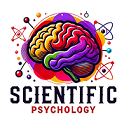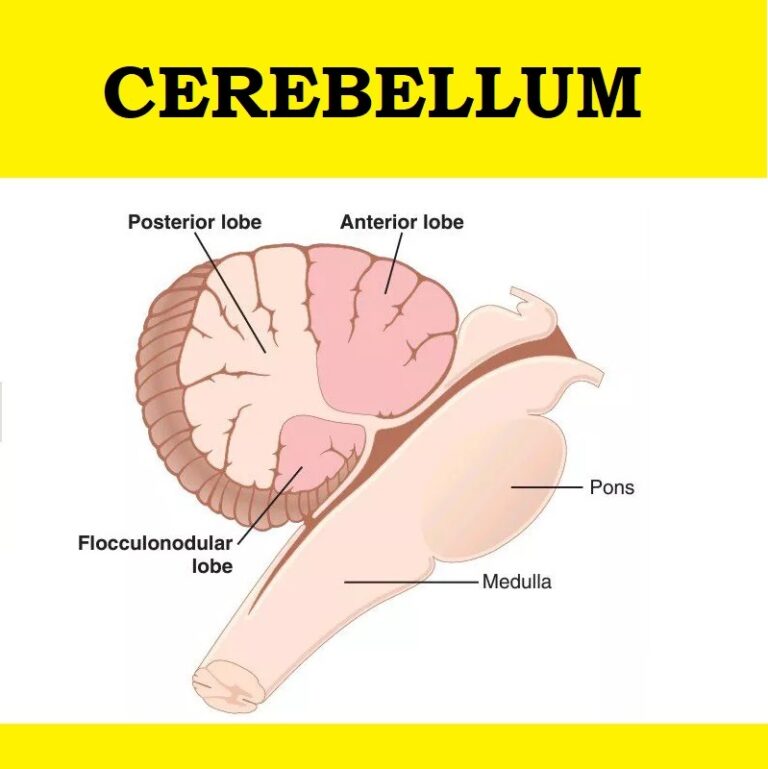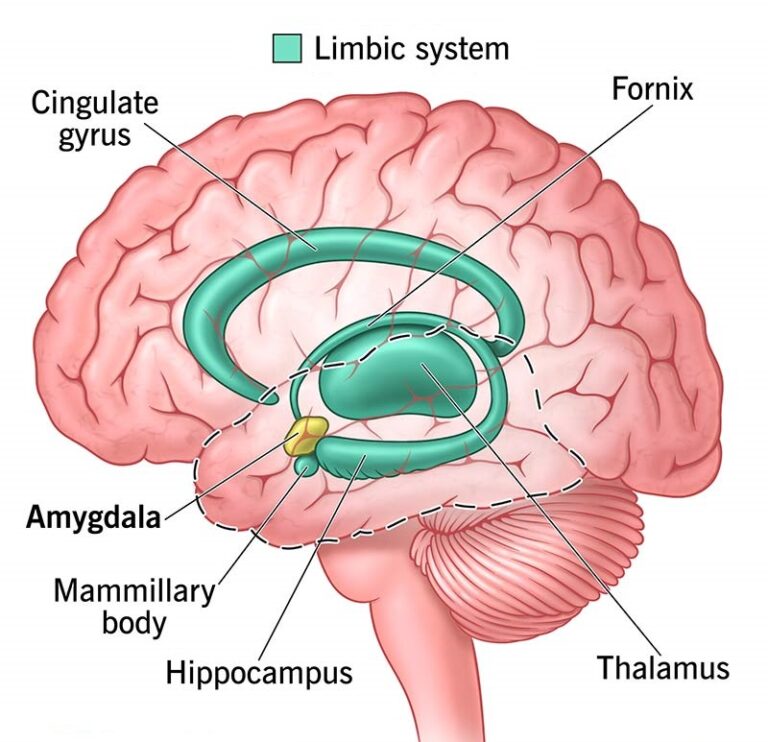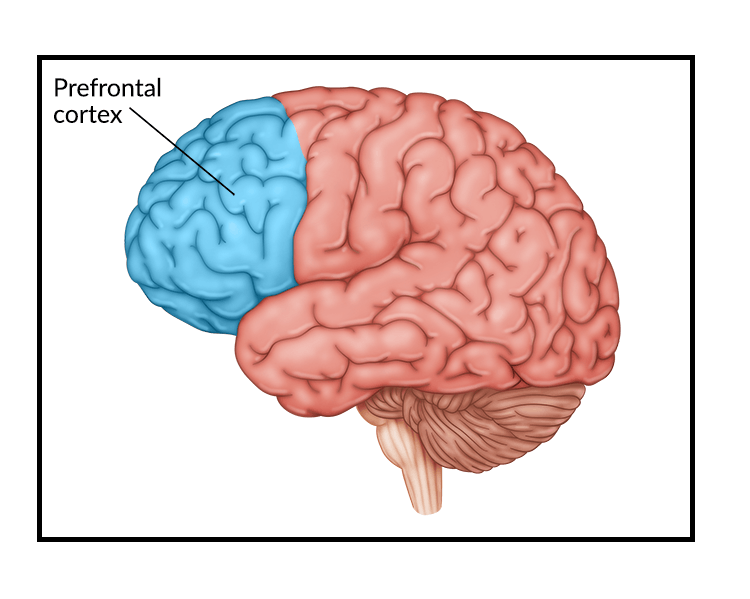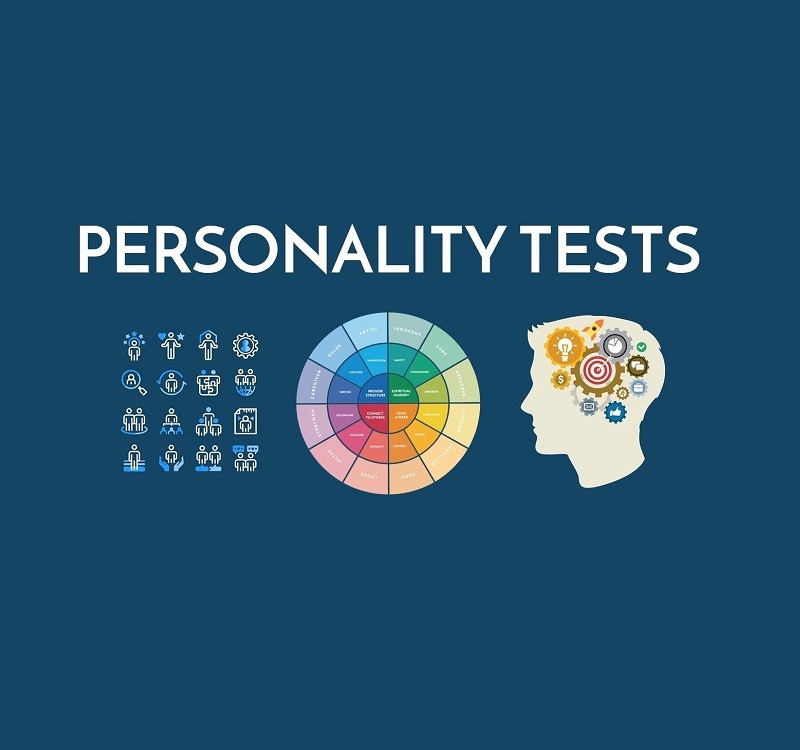
#Psychological #Testing #Personality #Assessment #Tests
Personality assessment tests are psychological tools designed to measure an individual’s traits, temperament, and behavioral patterns. They have evolved over decades, providing insights into human nature, aiding therapeutic interventions, and informing decision-making in educational, organizational, and clinical settings.
1. Historical Development of Personality Assessment Tests
Early Foundations
- 1905: Carl Jung introduced the concept of personality types, laying the foundation for modern personality testing.
- 1921: Jung’s book Psychological Types inspired subsequent personality assessment frameworks, including the Myers-Briggs Type Indicator (MBTI).
Projective Tests Era
- 1938: The Rorschach Inkblot Test was developed by Hermann Rorschach to explore unconscious processes through ambiguous stimuli.
- 1943: The Thematic Apperception Test (TAT) by Henry A. Murray and Christiana D. Morgan evaluated individuals’ underlying motives and conflicts.
Self-Report Inventories Era
- 1943: The Minnesota Multiphasic Personality Inventory (MMPI), developed by Starke Hathaway and J.C. McKinley, revolutionized personality testing with its empirical approach.
- 1962: Isabel Briggs Myers and Katharine Cook Briggs released the MBTI, focusing on psychological preferences in how people perceive the world and make decisions.
Know your Personality Type, Take a Free 16 Personality Type Assessment Test
Modern Developments
- 1985: The Big Five Personality Traits model (Costa & McCrae) provided a robust framework for understanding personality through five dimensions: Openness, Conscientiousness, Extraversion, Agreeableness, and Neuroticism (OCEAN).
- 2000s: Advancements in technology led to the development of computerized adaptive testing for personality assessment, enhancing efficiency and accuracy.
Free Big Five Personality Test
Timeline of Key Personality Tests
| Test | Authors/Developers |
| Psychological Types | Carl Jung |
| Rorschach Inkblot Test | Hermann Rorschach |
| MMPI | Starke Hathaway, J.C. McKinley |
| TAT | Henry A. Murray, Christiana Morgan |
| MBTI | Isabel Briggs Myers, Katharine Cook Briggs |
| Big Five Model | Paul Costa, Robert McCrae |
2. Types of Personality Assessment Tests
Personality tests are broadly categorized into projective and objective tests. Each type serves distinct purposes and is suited to specific contexts.
2.1. Projective Tests
- Definition: These tests present ambiguous stimuli to elicit responses that reveal unconscious desires, fears, and conflicts.
- Examples: Rorschach Inkblot Test, TAT.
- Applications: Used in psychoanalysis and clinical settings to explore deep-seated psychological issues.
- Practical Example: A clinician uses the TAT to understand a client’s relationship conflicts by analyzing the stories they create from ambiguous pictures.
2.2. Objective Tests
- Definition: These are structured tests with standardized questions and scoring systems.
- Examples: MMPI, Big Five Inventory (BFI).
- Applications: Used in clinical, organizational, and research settings for personality profiling and diagnosis.
- Practical Example: HR professionals use the Big Five model to evaluate job applicants’ suitability for leadership roles.
| Type of Test | Examples | Applications |
| Projective | Rorschach, TAT | Psychoanalysis, exploring unconscious motives |
| Objective | MMPI, Big Five Inventory | Clinical diagnosis, organizational hiring |
3. Critical Evaluation of Personality Assessment Tests
3.1. Strengths
- Comprehensive Understanding: Personality tests provide a multidimensional view of an individual’s traits and behavior.
- Standardization: Objective tests offer reliable and consistent measurements.
- Practical Applications: Widely used in diverse fields such as therapy, education, and recruitment.
3.2. Limitations
- Cultural Bias: Tests like the MMPI may not account for cultural differences, affecting validity.
- Self-Report Limitations: Objective tests rely on honest self-reporting, which may not always be accurate.
- Ambiguity in Scoring: Projective tests can be subjective, leading to potential bias in interpretation.
3.3. Ethical Considerations
- Informed Consent: Test-takers must be informed about the purpose and use of the tests.
- Confidentiality: Results should be securely stored and used only for intended purposes.
- Fairness: Tests should be adapted to minimize cultural or linguistic biases.
4. Practical Advice for Learners and Practitioners
4.1. Choosing the Right Test
- Tip: Match the test to the purpose. For clinical diagnosis, use the MMPI; for career guidance, the Big Five Inventory is suitable.
- Actionable Example: A school counselor uses the MBTI to help students choose career paths aligning with their personality types.
4.2. Administering Tests Effectively
- Standardized Conditions: Ensure uniform testing environments to maintain reliability.
- Practice Sessions: Familiarize test-takers with the format to reduce anxiety.
- Practical Example: Before administering the Big Five test, HR professionals provide a brief orientation session.
4.3. Interpreting Results
- Holistic Approach: Combine test results with interviews and observational data for a complete assessment.
- Practical Example: A clinical psychologist uses MMPI results alongside therapy sessions to diagnose and treat anxiety disorders.
| Practical Tips | Description |
| Test Selection | Choose tests suited to specific purposes. |
| Administration | Maintain standardized testing conditions. |
| Interpretation | Contextualize results with other data. |
Take Free Computer Based Psychological Tests
Get Immediate Results Completely Free !!
5. Relevant Research Findings
- Validity and Reliability: A meta-analysis by Ones et al. (1993) confirmed the predictive validity of personality tests, especially the Big Five, for job performance.
- Cultural Adaptation: Cheung et al. (2001) highlighted the need for culturally sensitive tests, leading to the development of the Cross-Cultural Personality Assessment Inventory (CPAI).
- Technology Integration: A study by Bartram (2005) emphasized the role of online personality tests in improving accessibility and scalability.
6. Conclusion
Personality assessment tests are powerful tools for understanding human behavior and facilitating personal and professional growth. While they offer valuable insights, addressing limitations like cultural bias and self-report inaccuracies is crucial. For learners and practitioners, mastering the selection, administration, and interpretation of these tests is essential to leverage their full potential.
References
- Ones, D. S., Viswesvaran, C., & Schmidt, F. L. (1993). Comprehensive meta-analysis of integrity test validities: Findings and implications for personnel selection and theories of job performance. Journal of Applied Psychology, 78(4), 679-703.
- Cheung, F. M., Leung, K., Fan, R. M., et al. (2001). Development of the Cross-Cultural (Chinese) Personality Assessment Inventory. Journal of Cross-Cultural Psychology, 32(4), 456-470.
- Bartram, D. (2005). The Great Eight competencies: A criterion-centric approach to validation. Journal of Applied Psychology, 90(6), 1185-1203.
